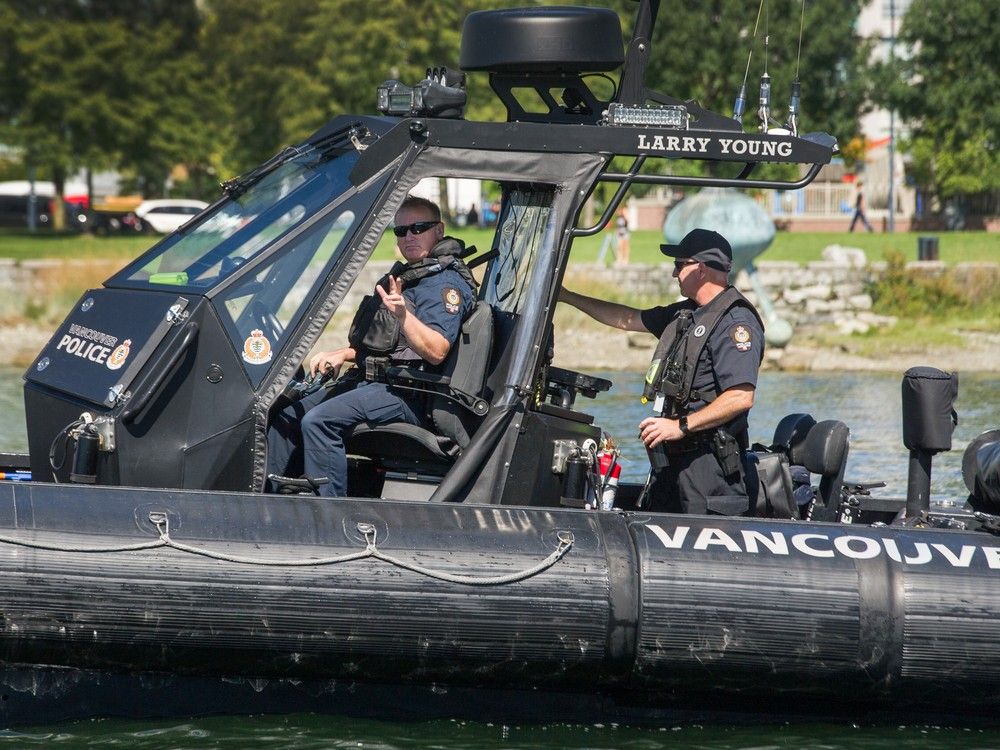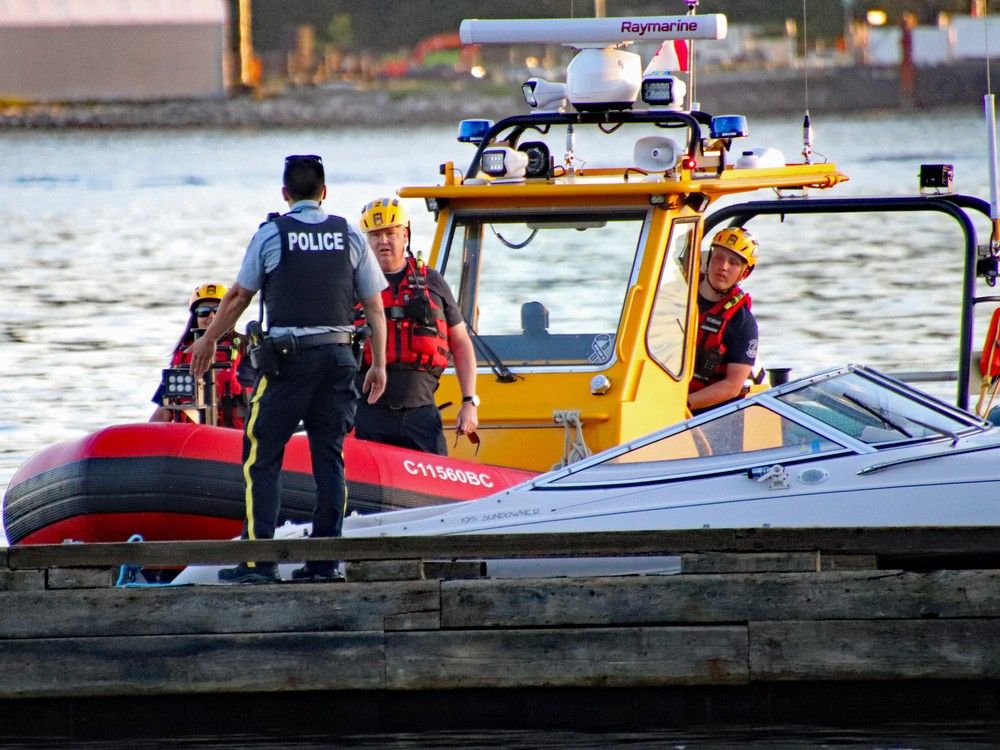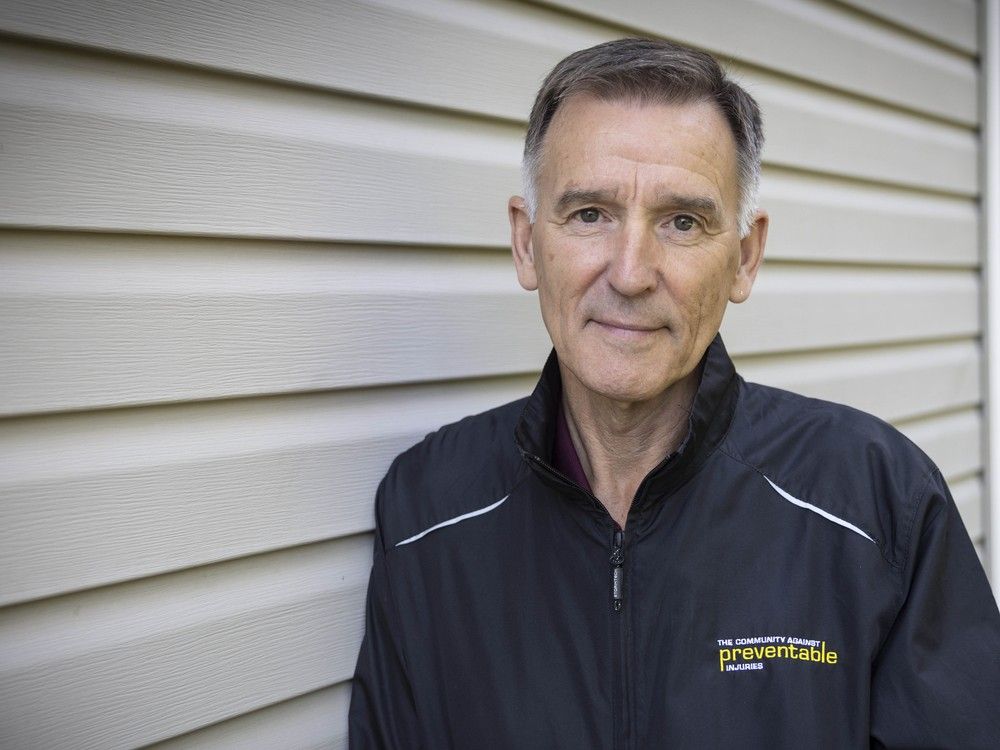
Two weeks after fatal boat collision off Cates Park in North Vancouver, the question of who is responsible for safety and enforcement on waterways is confusing, even for experts.
In the Lower Mainland, where paddle boarders, kayakers, open water swimmers and tubers play in the water alongside small watercraft, sailboats and powerful speedboats, advocates say more action is needed to keep everyone safe.
Although marine regulations for recreational users is a Transport Canada responsibility, enforcement is left to various agencies in individual jurisdictions. Police and other enforcement agencies are responsible for carrying out and funding those efforts, much in the same way local police are responsible for road safety.

“Law enforcement have finite budgets and each jurisdiction has to decide how much they can provide in each area,” Bruce Hayne, executive director of the Boating B.C. Association, said shortly after the Cates Park incident.
“Clearly the patchwork of policies could be improved,” said Ian Pike, a professor in UBC’s faculty of medicine, and co-executive director of The Community Against Preventable Injuries , an advocacy organization.
Pike said the Cates Park collision was “absolutely tragic.”
“It spurs us to get out in front of the public again to advocate for an understanding of requirements around safe boating.”

Transport Canada’s office of boating safety works on prevention and education for pleasure craft operators, but the Canada Marine Act and the Canada Shipping Act delegate enforcement responsibilities to local enforcement authorities.
North Vancouver’s RCMP has just one patrol boat that covers the waterways around North Vancouver, including parts of Burrard Inlet and Howe Sound. According to Cpl. Mansoor Sahak, the marine patrol unit is mostly used for emergencies, and is not staffed 24/7.
The West Vancouver police department has no patrol boats, and their jurisdiction ends at the high water mark.
The Canadian Coast Guard and Royal Canadian Marine Search and Rescue respond to marine emergencies in West Vancouver, while the WVPD assists and supports from land and co-ordinates with the federal Fisheries Department, North Vancouver RCMP, and Vancouver Police Department.
The VPD has two vessels in operation, and a third vessel under construction. Its an eight -person marine unit works closely with neighbouring jurisdictions, the RCMP, Coast Guard, and Transport Canada.
The VPD unit operates in Burrard Inlet, English Bay, False Creek, and on the Fraser River.
According to Sgt. Steve Addison, enforcement priorities include speed and liquor enforcement, making sure operators are licensed, and have sufficient lighting and the mandatory safety equipment, including life-jackets.
During boating season, the marine unit patrols, stops vessels, and does inspections near boat launches, marinas, and along the roughly 160 kilometres of shoreline they patrol.
In False Creek, speed is limited to five knots, which the VPD says it enforces “visually.”
The VPD could not provide any statistics on types of citations or number of infractions issued annually to boaters.
There is no fixed speed limit on open water. Boaters are required to adjust speeds based on weather, water conditions, use of the waterway and they must understand right-of-way rules.
The Vancouver Fraser Port Authority said its five harbour patrol boats cover waterways from Point Roberts at the Canada-U. S. border, to Burrard Inlet, Port Moody, and Indian Arm, and from the western mouth of the Fraser River, and eastward to the Fraser Valley, and this includes the waters around Cates Park.

The port authority monitors commercial channels and rights-of-way, but said the VPD marine unit is responsible for enforcing boating laws and regulations in Vancouver.
In 2024, the port authority performed 77 “interventions” for dangerous behaviours including excess wake wash and speed, 454 awareness interactions on and off the water, and 163 “wave-offs” to ensure recreational boaters were at a safe distance from cargo ships. They also provided over 900 cargo ship escorts and 11 “education blitzes,” and in 2025 published a new Boater’s Handbook outlining safety rules and procedures in local waterways, including Cates Park.
“Covering the waterways of British Columbia is a very difficult task,” said Pike.
Every summer, Pike said his organization runs public campaigns covering safety rules, including the wearing of life-jackets and other personal flotation devices, and conveys messaging that alcohol and drugs don’t mix with operation of a boat.
“People seem to understand this in general when operating a motor vehicle on the road. We need to create the same response through education, policy and enforcement that has resulted in significant reductions in road-related injuries and deaths over the decades,” said Pike.
Pike said they would like to replicate those efforts in small watercraft and recreational boating through continual messaging, enhanced policies and enforcement, but said that changes that will result in a cultural and legal shifts, such as making the use of personal flotation devices mandatory, will take time.
“It took about 30 years for the culture to change around impaired driving,” said Pike.
B.C. data from the Lifesaving Society shows that between 2010 and 2019, 63 per cent of fatalities on the water occurred between May and September, 77 per cent of fatalities were male, and the total number of deaths ranged from 57 to 85 annually.
A quarter of those fatalities involved boating, and among boating-related fatalities, 53 per cent involved a powerboat, 16 per cent involved a kayak, and 12 per cent involved an inflatable craft.
Thirty-two per cent of boating fatalities involved alcohol consumption, and in 71 per cent of those cases, no life-jacket was worn.